Camera blind test 2021: NextPit chooses the best smartphone camera!
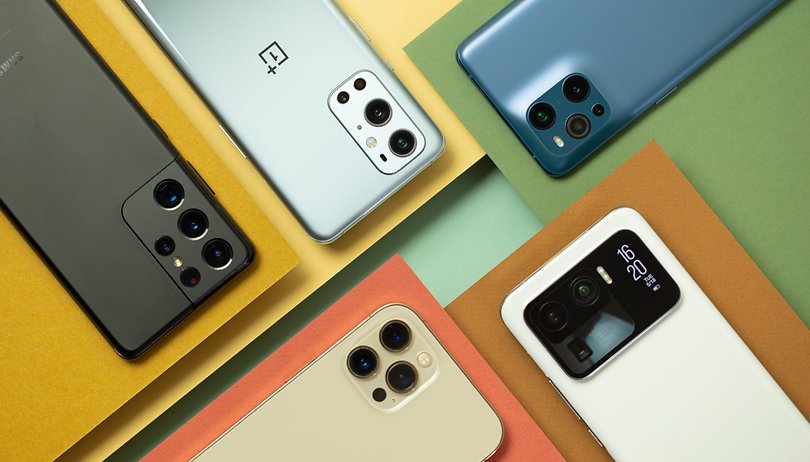

In our camera blind test, five existing high-end smartphones go up against one another! We have candidates from Oppo, Samsung, Apple, OnePlus, and Xiaomi. We photographed the same subjects using all of the handsets. It is now all up to you, dear readers, to vote for which photos you like best - without knowing which smartphone the one that captured that photo in order to eliminate bias.
Android 12: Smartphones likely to receive the official update in 2021
These are our challengers in this year's camera blind test:
- Apple iPhone 12 Max
- OnePlus 9 Pro
- Oppo Find X3 Pro
- Samsung Galaxy S21 Ultra
- Xiaomi Mi 11 Ultra
Camera blind test setup
We also shot all of the subjects using a Canon EOS 5D Mark III as a reference point. We developed the RAW images as naturally as possible and tried to reproduce the same lighting conditions for each subject. There will no doubt have some degree of blur, but we found the comparison to be an interesting one! Please don't be tempted to always vote for the photo whose quality is closest to that of the DSLR.
Since smartphones are capable of covering quite a range of focal lengths these days, I had three lenses with me for the test: the fabulous Canon 16-35 mm F2.8 III, a Sigma 50 mm F1.4, and a Canon 100 mm F2.8 Macro. The former was used for the ultra-wide and wide-angle comparison photos, while the latter was used for the portrait series, and the Canon for the telephoto shots.
Now on to the smartphones: for the blind test, we used the factory settings of the camera apps and unless explicitly mentioned for the corresponding subject, everything was photographed in automatic mode. We photographed all of the subjects three times using each smartphone and selected the best photo afterwards.
In order not to betray the identity of the individual smartphones by slightly different focal lengths, we cropped part of the pictures in order to obtain the same picture angle regardless.
1. Main camera (daylight, cityscape)
A simple exercise to warm up: in daylight, smartphones should have no trouble keeping up with DSLRs. We shot in standard mode here.
2. Main camera (maximum resolution)
50 megapixels, 108 megapixels, and perhaps even more in the future? Smartphone manufacturers are currently attempting to outdo each other with ever-increasing megapixel numbers. After all, image sensors grow with pixel count, which ultimately benefits image quality. For this poll, we cropped the images to a 20 x 20% value of the original.
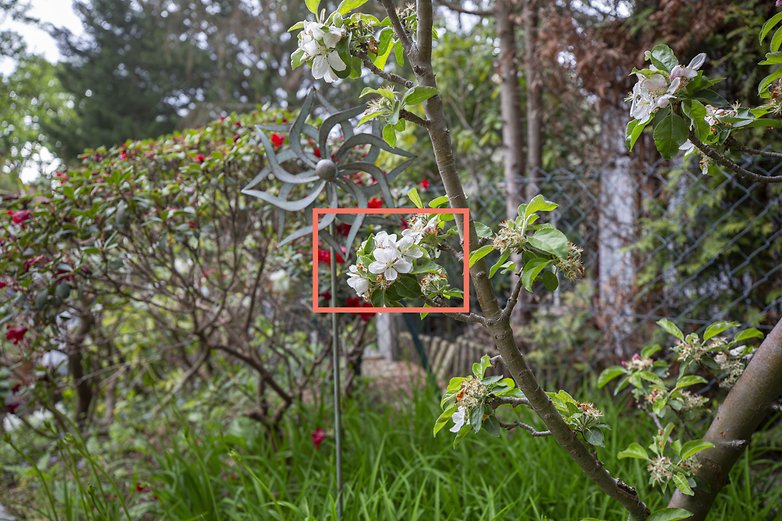
Here you can quite clearly see what you have to think about insane resolutions. Take a look at how detailed the reproduction of the Canon EOS 5D Mark III is with its "measly" 22.3 megapixels against a direct comparison.
Comparison images: maximum resolution
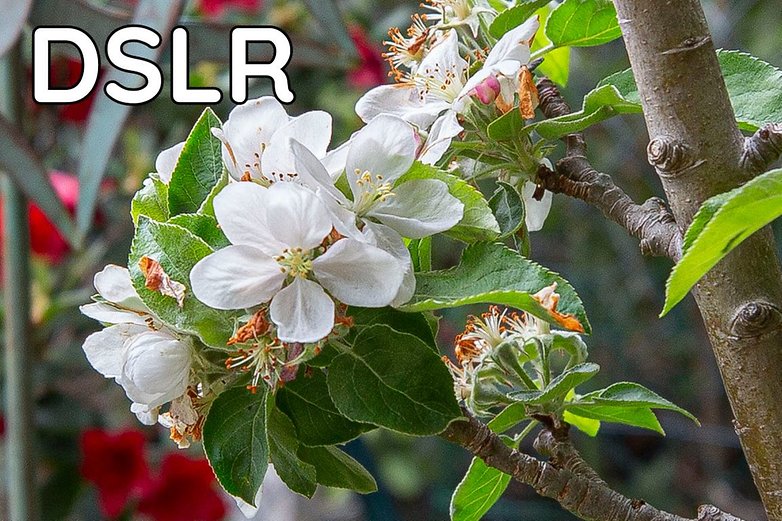 Reference: DSLR Reference: DSLR |
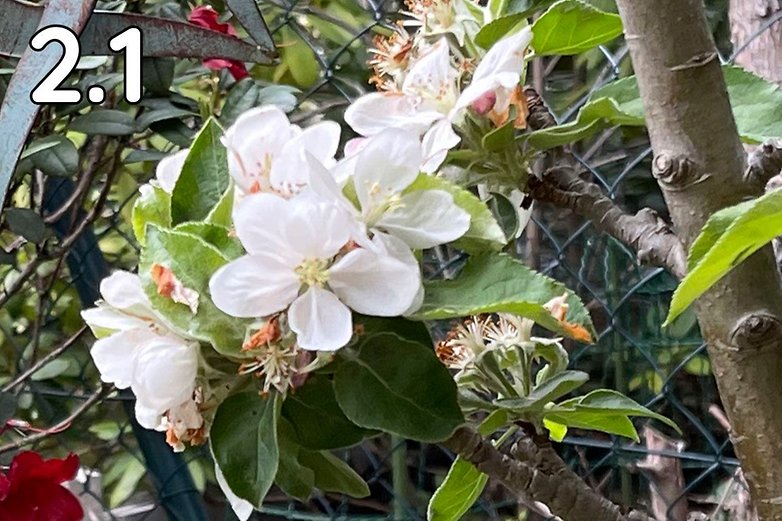 Image 2.1 Image 2.1 |
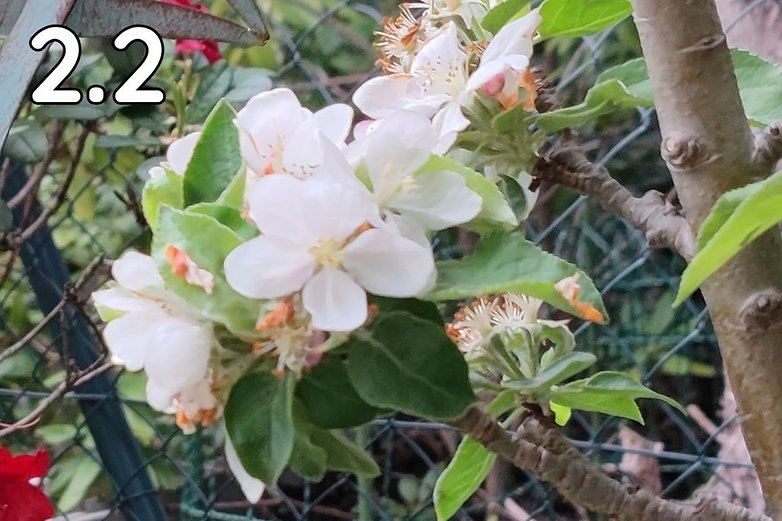 Image 2.2 Image 2.2 |
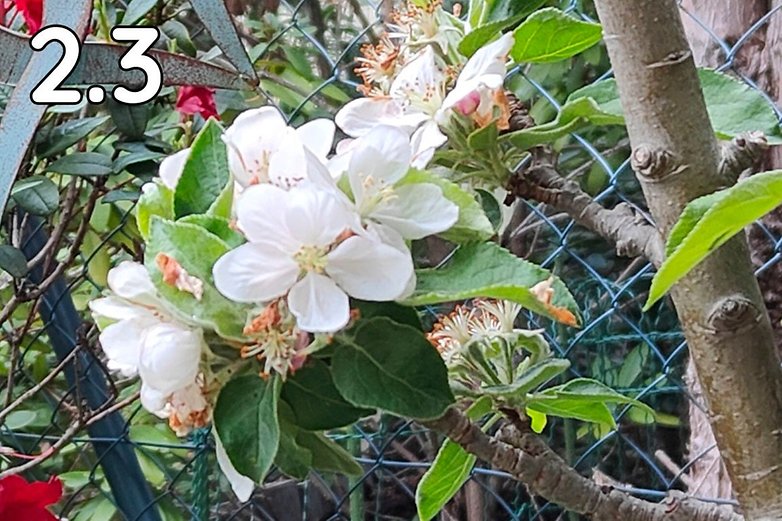 Image 2.3 Image 2.3 |
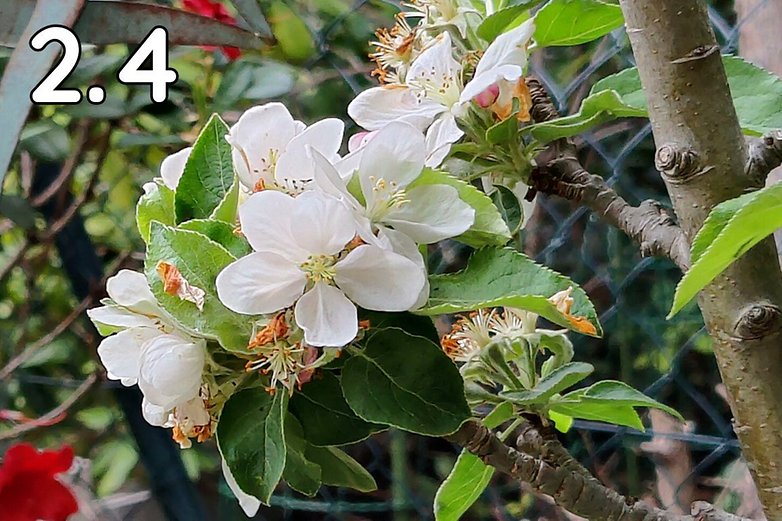 Image 2.4 Image 2.4 |
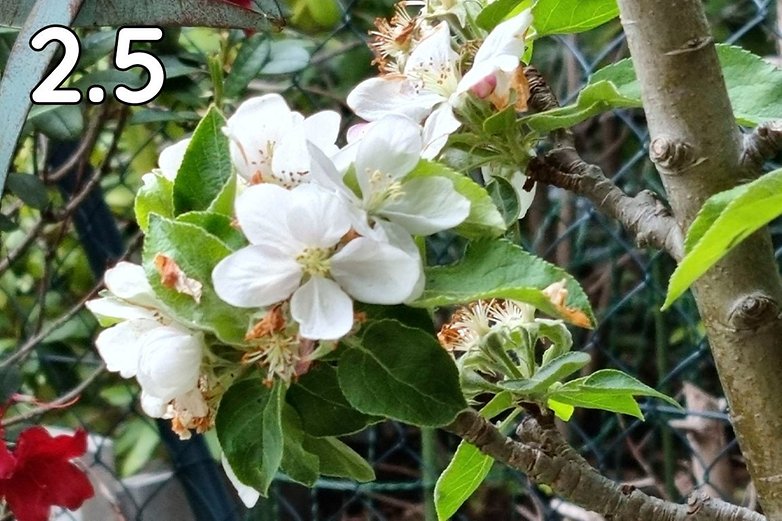 Image 2.5 Image 2.5 |
3. Ultra wide-angle (nature)
More shots of nature, but from a distance this time around. I find it exciting just how different the various smartphones interpret the light and weather situation. Apart from that, the detailed reproduction segment is also exciting to check out. Will the Oppo Find X3 Pro be the winner? After all, it has the largest sensor behind the ultra-wide-angle lens.
Comparison images: Ultra Wide-Angle (Nature)
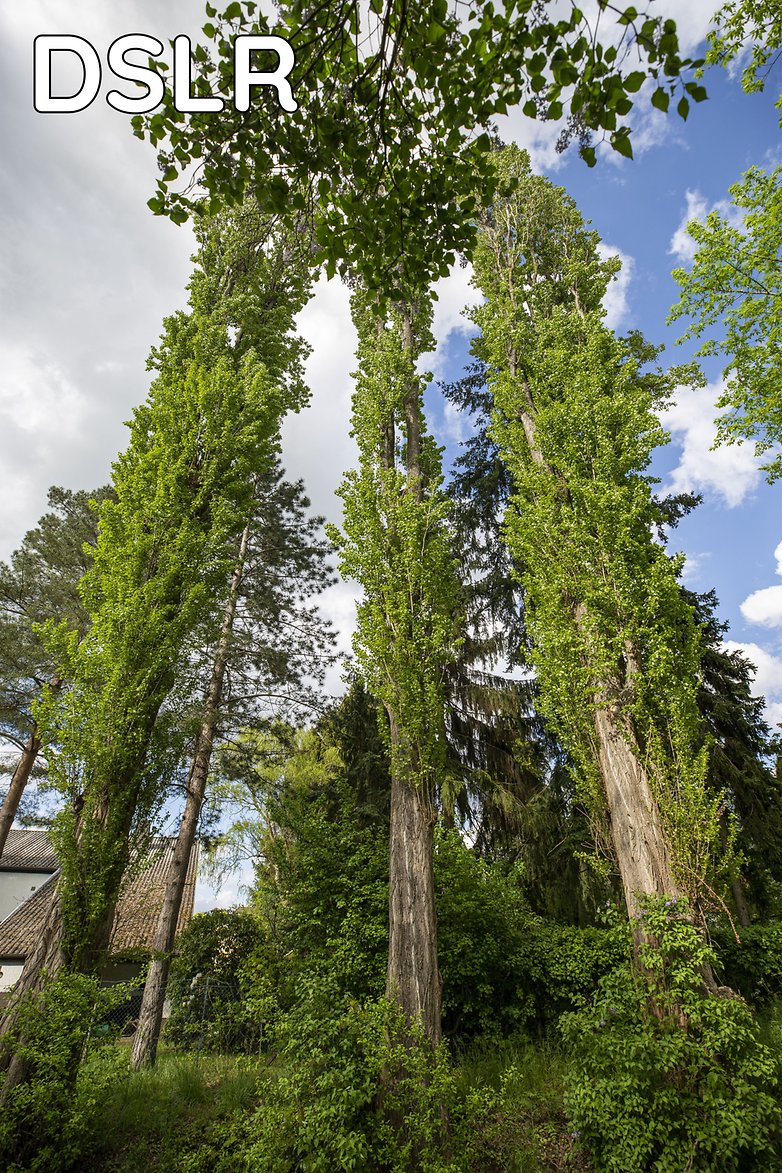 Reference: DSLR Reference: DSLR |
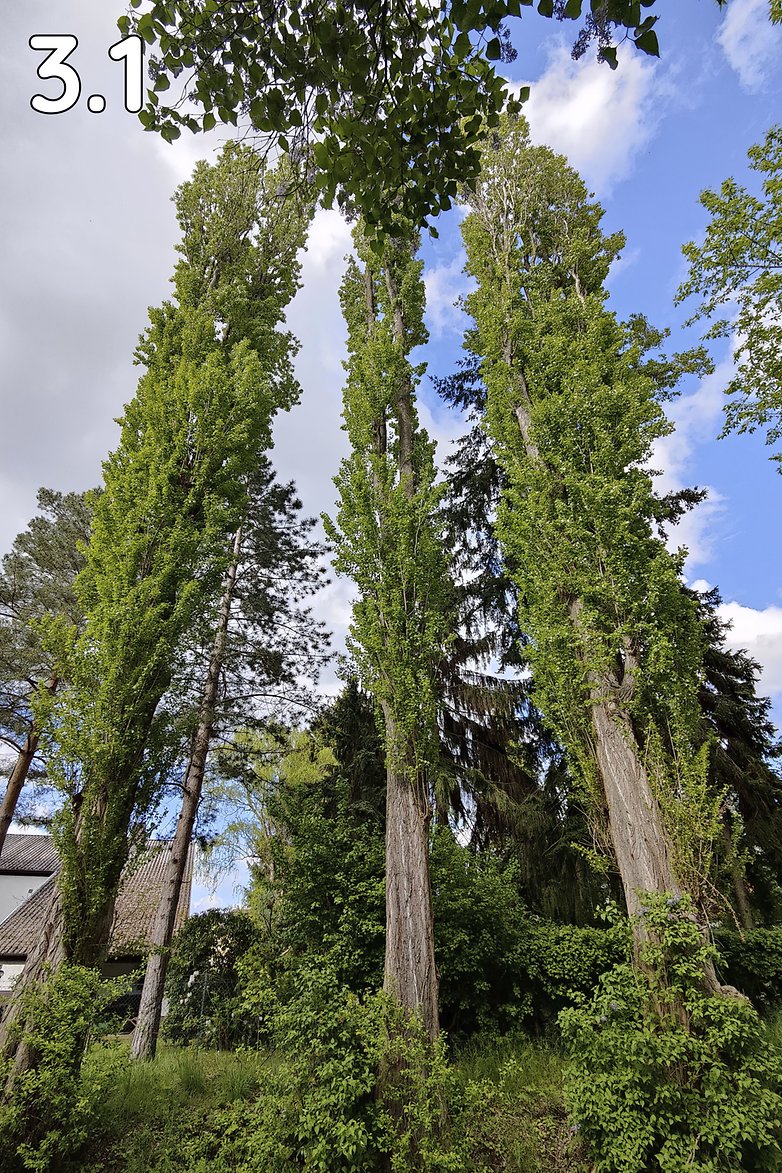 Image 3.1 Image 3.1 |
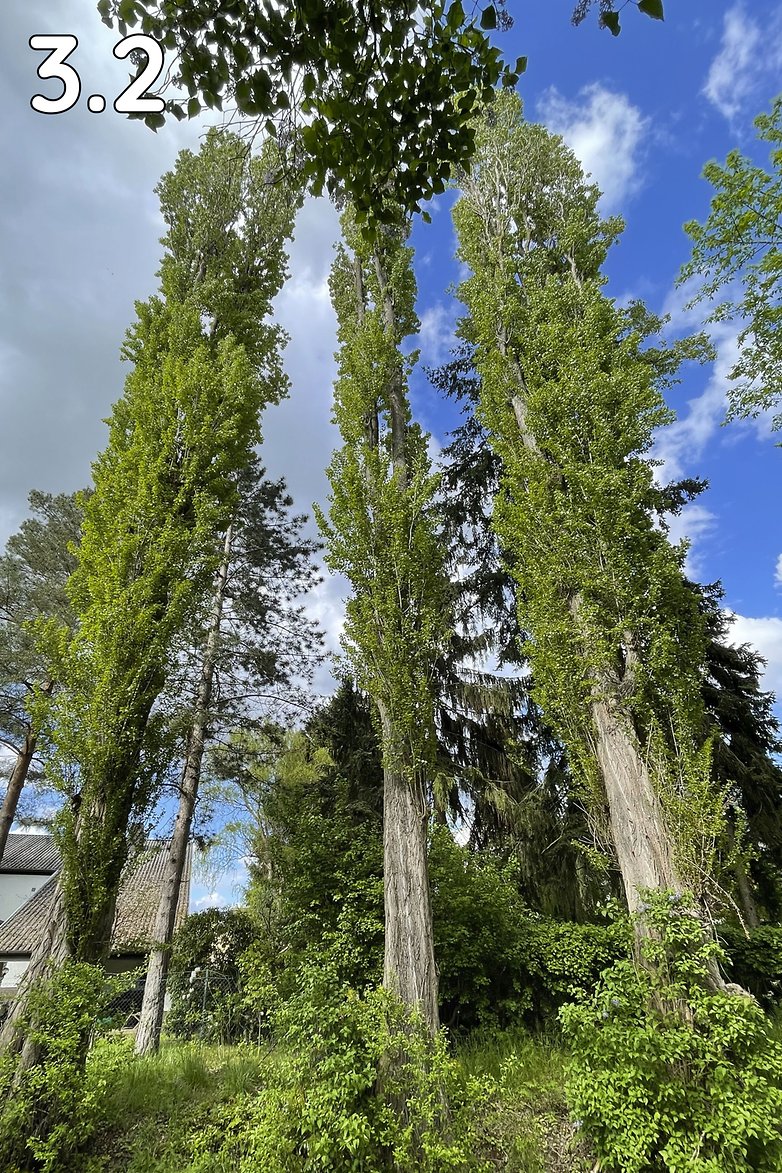 Image 3.2 Image 3.2 |
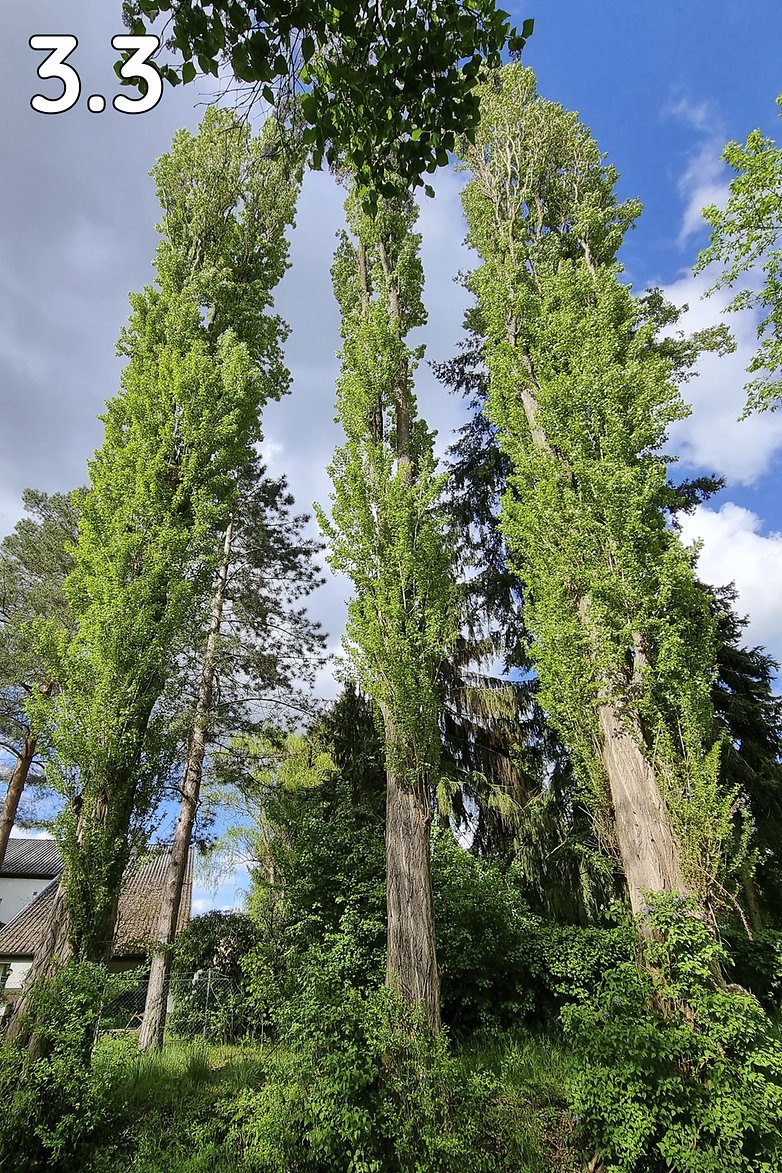 Image 3.3 Image 3.3 |
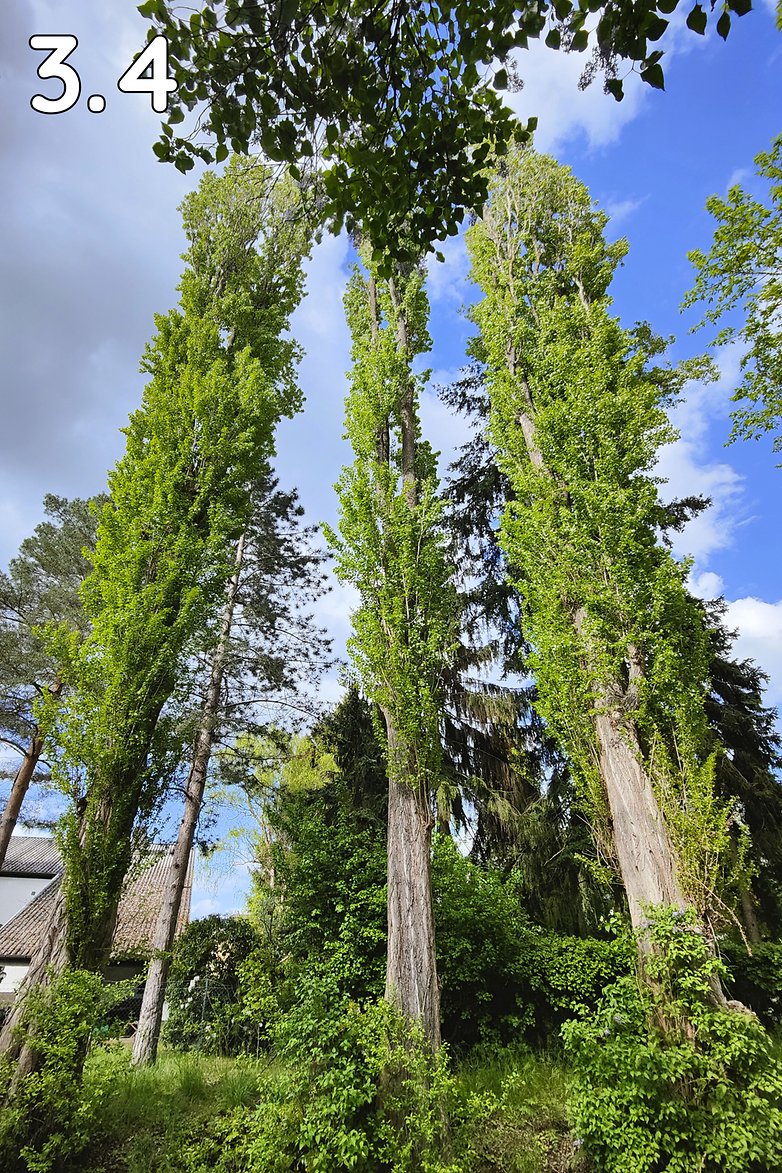 Image 3.4 Image 3.4 |
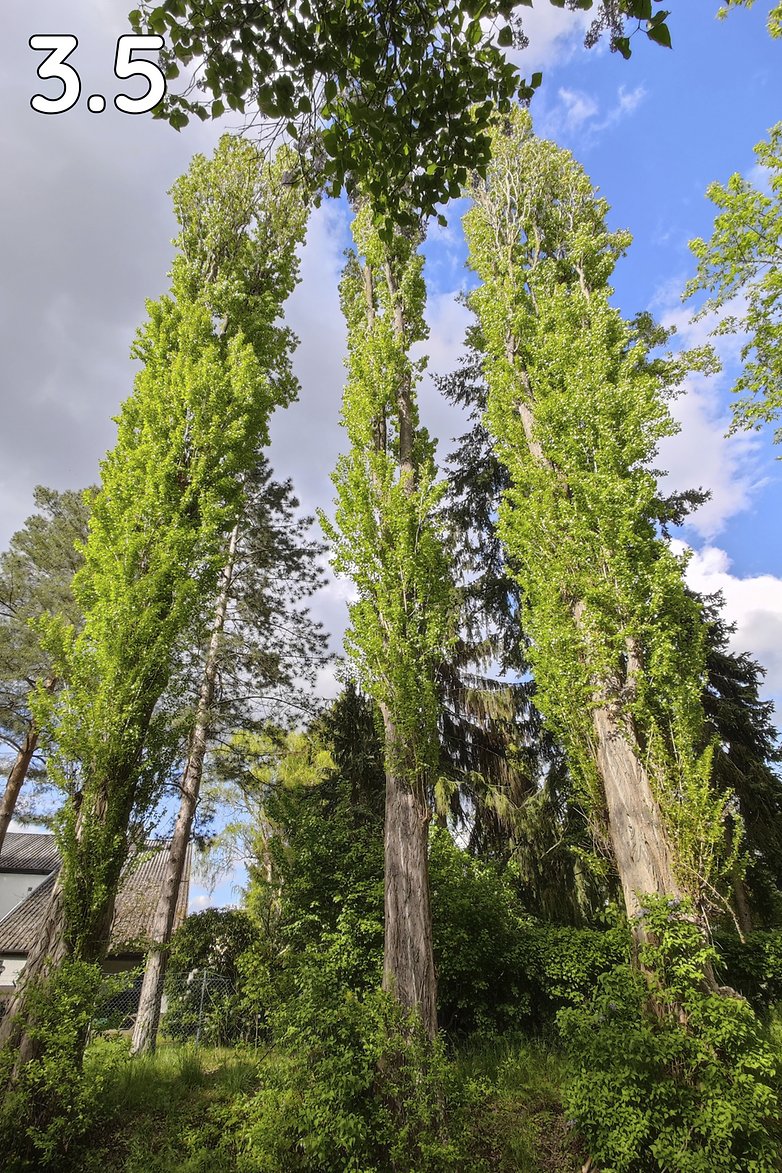 Image 3.5 Image 3.5 |
4. Ultra wide-angle (cityscape)
For our second ultra wide-angle comparison, we head straight into the heart of Berlin. The photo was taken at the exact location of the wall that separated Germany into both East and West. The metal struts on the right show where a watchtower once stood before the reunification. Here, I find the color rendering to be a very exciting thing. What are you into - gaudy and "larger than life" or plain old neutral?
Comparison images: Ultra wide-angle (cityscape)
 Reference: DSLR Reference: DSLR |
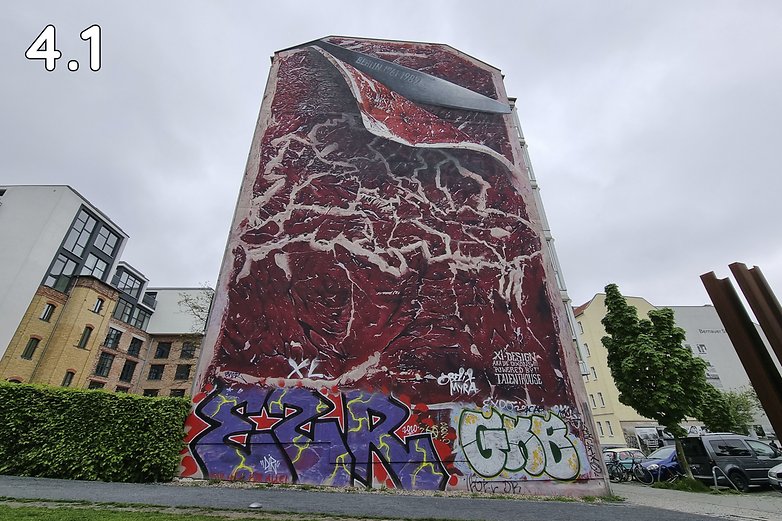 Image 4.1 Image 4.1 |
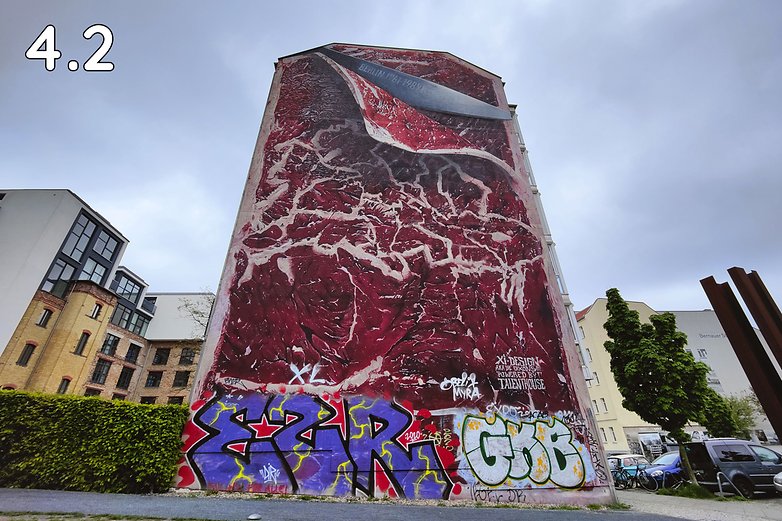 Image 4.2 Image 4.2 |
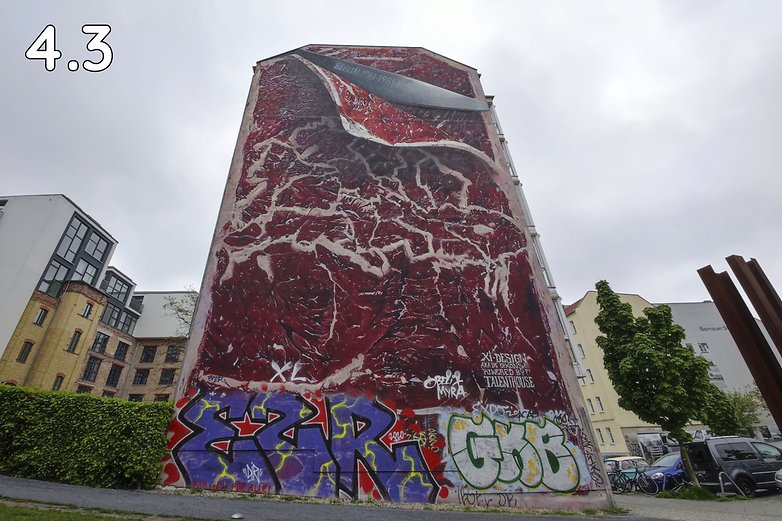 Image 4.3 Image 4.3 |
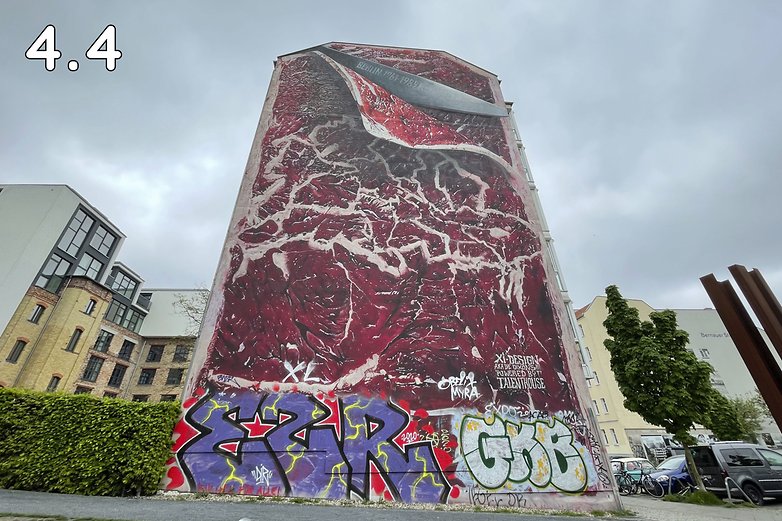 Image 4.4 Image 4.4 |
 Picture 4.5 Picture 4.5 |
5. Telephoto portrait (2x)
For the next segment, we activated portrait mode on all smartphones. As a rule, the camera apps immediately set the focal length to 50 millimeters in 35 mm equivalent that is typical for portraits, corresponding to "2x" compared to the main cameras.
In addition, these smartphones also try to blur out the background. This is to imitate the bokeh effect that the SLR camera produces with its 50 mm lens; with the aperture opened to F1.4 in this case. Another challenge is the accurate depiction of skin tones. Which smartphone convinces you the most here?
6. Telephoto in nature (5x)
After "2x" comes "5x" - and this is where Samsung and Xiaomi could gain an advantage. After all, the Mi 11 Ultra and Galaxy S21 Ultra each have a periscope lens on board that can display this magnification natively. The competition, on the other hand, has to rely on digital zoom. Do you like the two periscope lenses? Between the two, which one is your favorite?
Comparison images: Telephoto Nature 5x
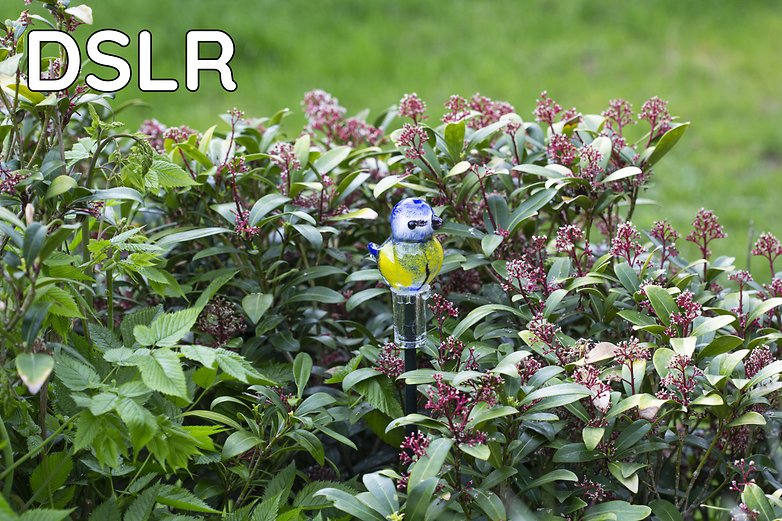 Reference: DSLR Reference: DSLR |
 Image 6.1 Image 6.1 |
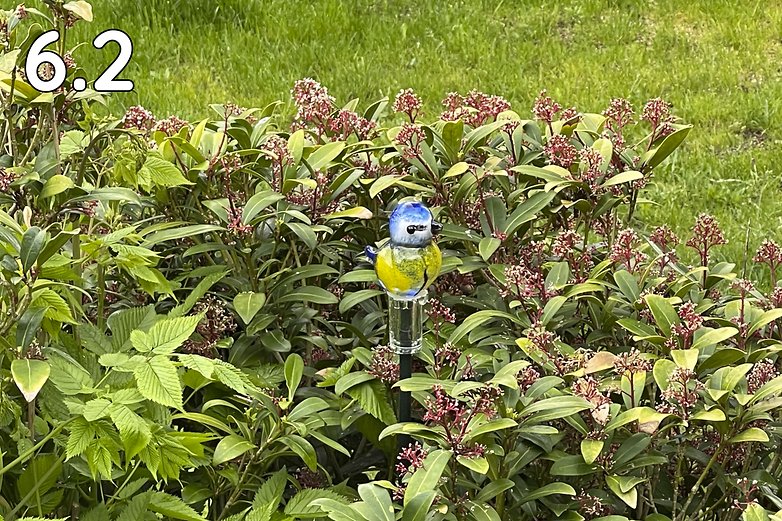 Image 6.2 Image 6.2 |
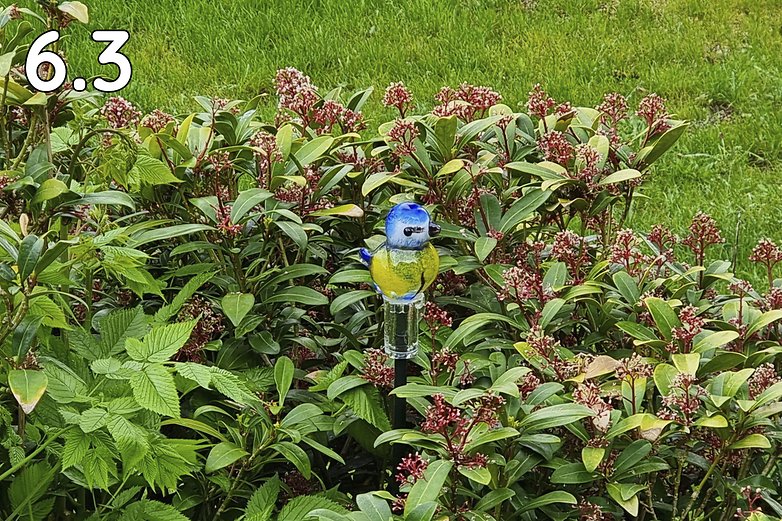 Image 6.3 Image 6.3 |
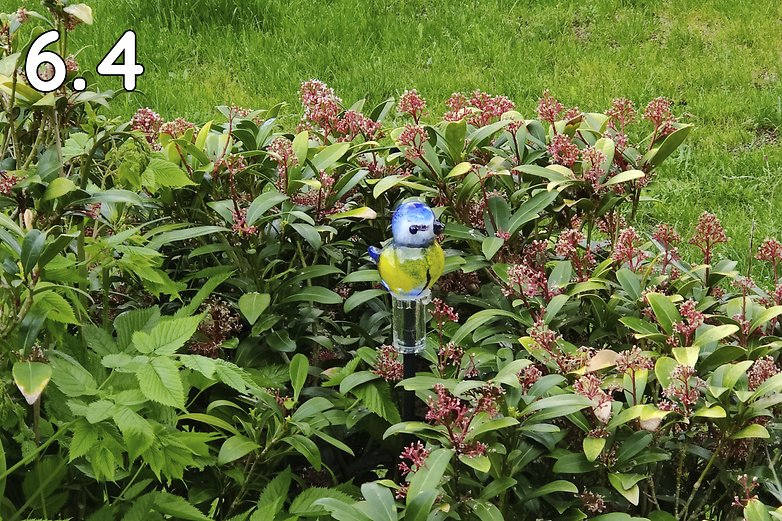 Image 6.4 Image 6.4 |
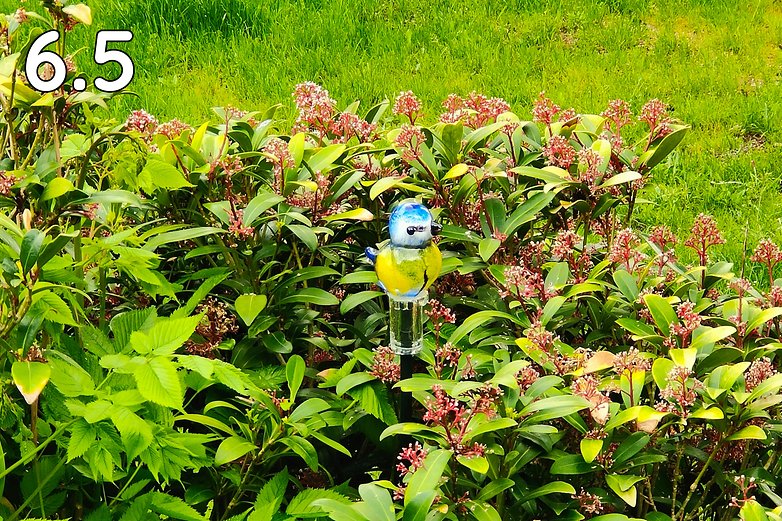 Image 6.5 Image 6.5 |
7. Telephoto cityscape (4x)
For our second telephoto challenge, we cut the zoom back a notch again to take away Samsung's and Xiaomi's advantage - they now have to zoom digitally as well. Xiaomi's large gap in the focal length range is probably noticeable here because there's no additional focal length between 1x and 5x. We are curious about your votes!
Comparison pictures: Telephoto cityscape (4x)
 Reference: DSLR Reference: DSLR |
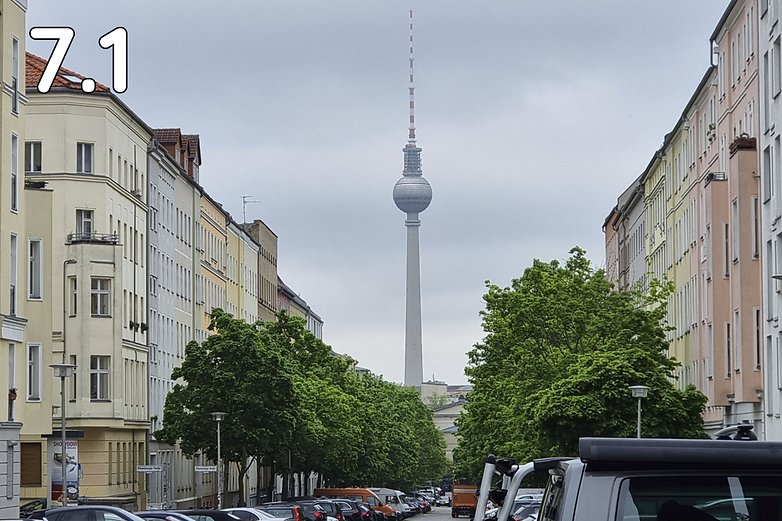 Image 7.1 Image 7.1 |
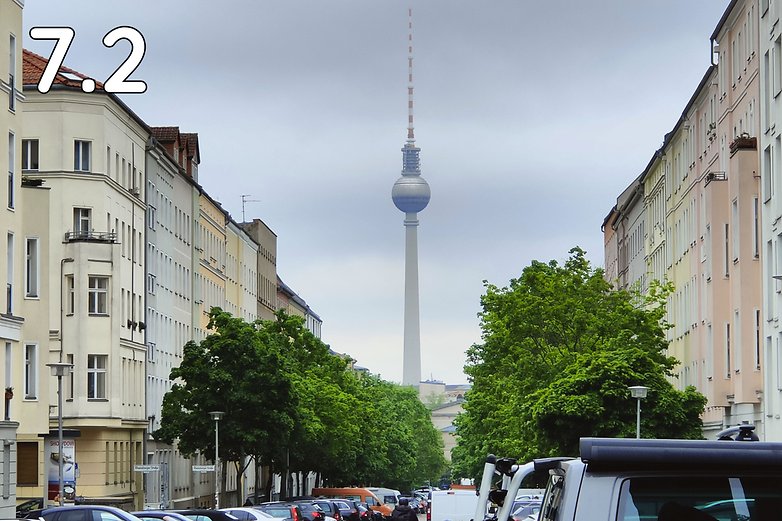 Image 7.2 Image 7.2 |
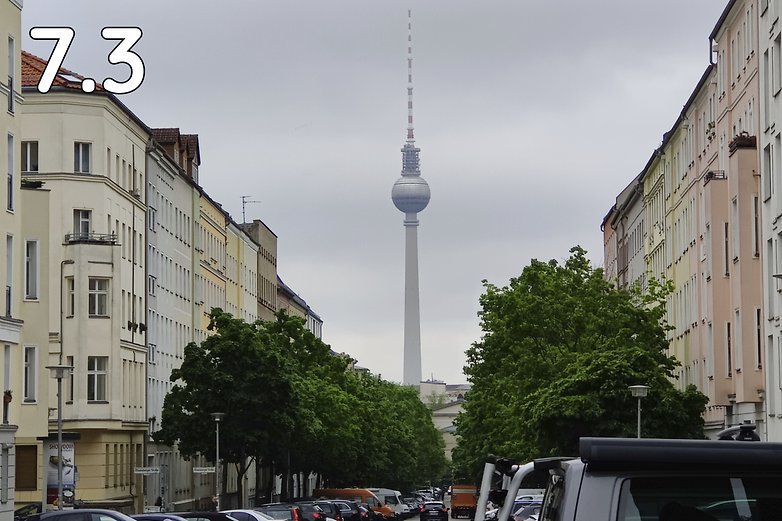 Image 7.3 Image 7.3 |
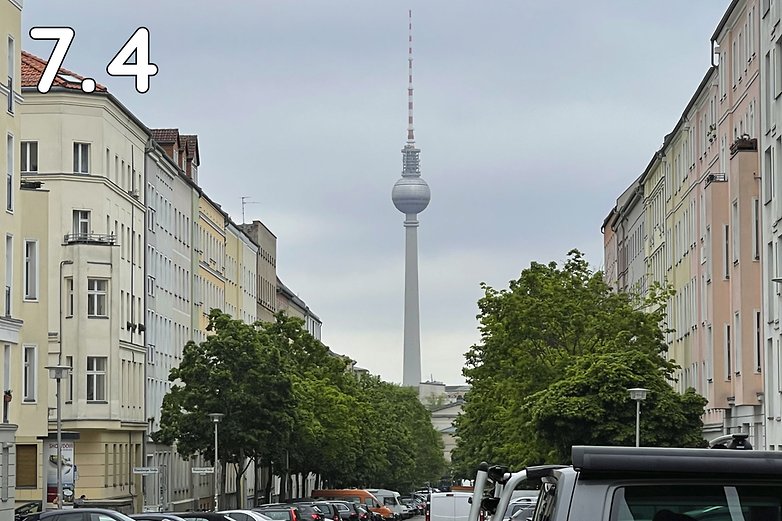 Image 7.4 Image 7.4 |
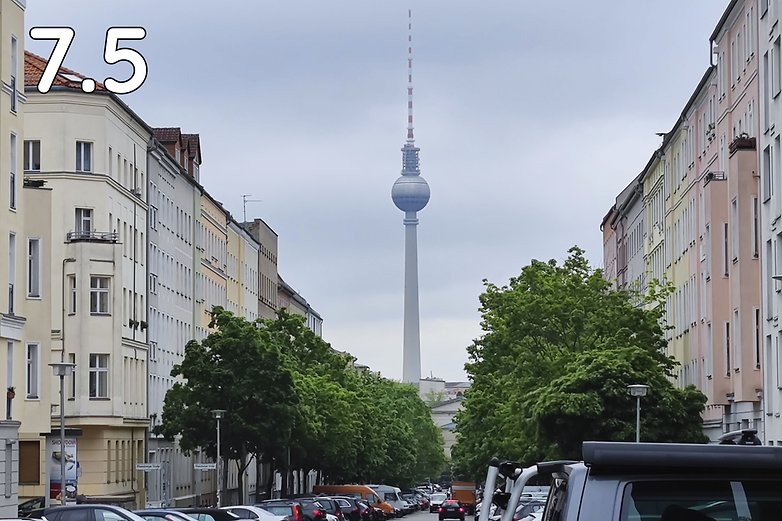 Image 7.5 Image 7.5 |
8. Telephoto cityscape (20x)
In round eight we aim for full zoom. With the DSLR, we cropped the image due to the lack of a longer telephoto lens and enlarged it a lot. The same goes for the iPhone 12 Pro Max, which is limited to "12x". Samsung and Xiaomi might have the best cards in hand again with their respective periscope lens.
Comparison images: Telephoto cityscape (20x)
 Reference: DSLR Reference: DSLR |
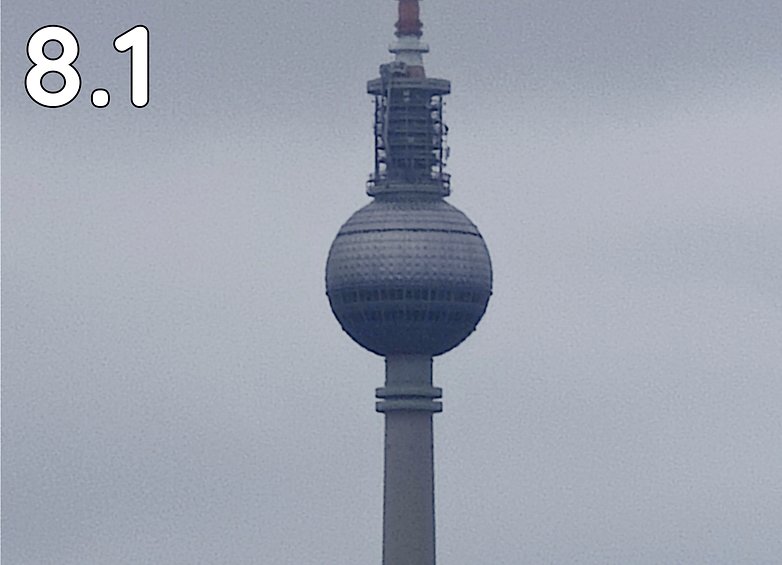 Image 8.1 Image 8.1 |
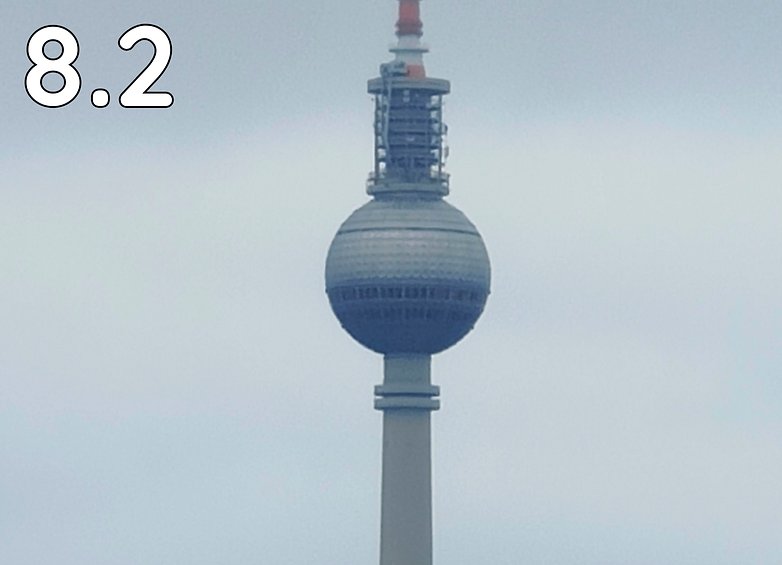 Image 8.2 Image 8.2 |
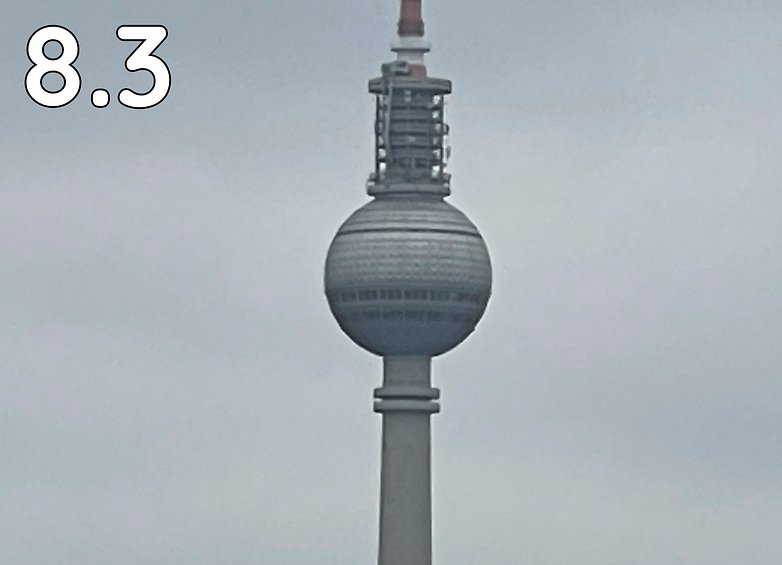 Image 8.3 Image 8.3 |
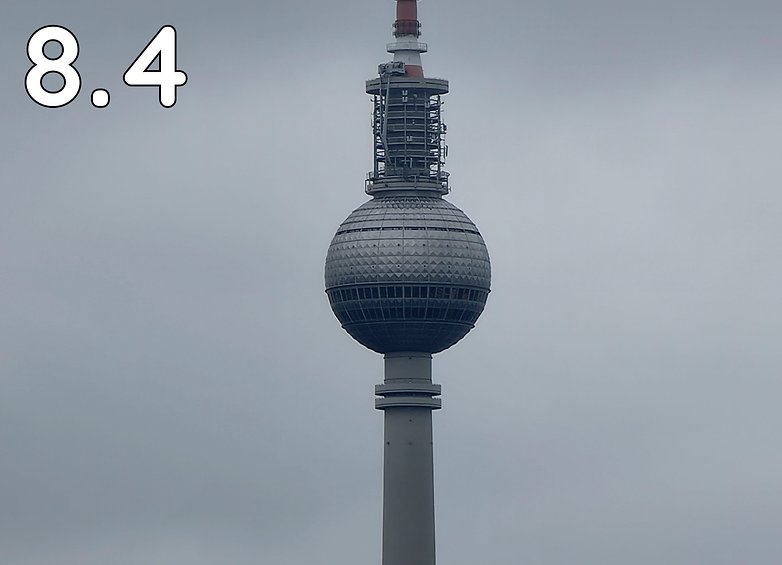 Image 8.4 Image 8.4 |
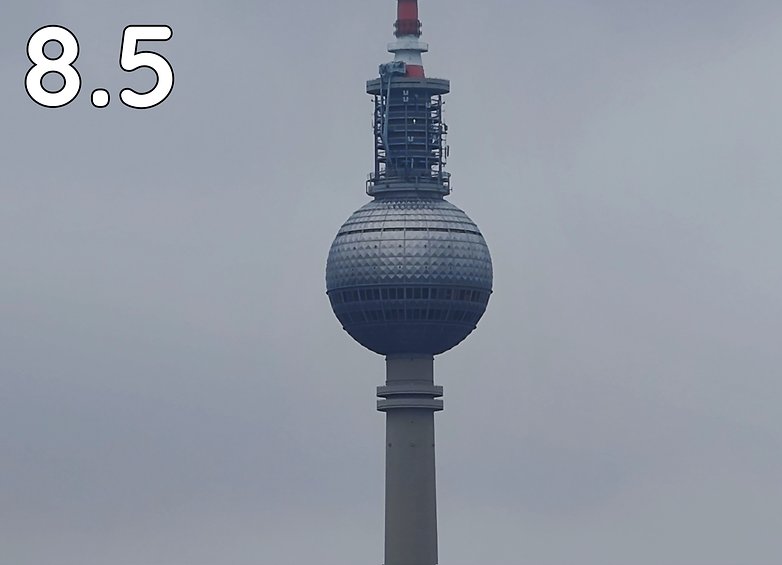 Picture 8.5 Picture 8.5 |
9. Night photo (main camera)
Of course, shots in low light conditions should not be dismissed, where (spoiler alert!) the differences become really huge once again. We photographed this motif using the main camera and in normal photo mode, having cropped all smartphones to about 50 percent.
To give you an idea of the lighting conditions: with the DSLR, I photographed at ISO 3200 at F2.8 aperture and a shutter speed of 1/15 second. Pay particular attention to the dynamic range and detail reproduction in the darker areas of the image with this motif. I also find it exciting how differently the sky is reproduced. Which smartphone gets the mood across best and wins your vote?
Comparison images: Night photo main camera
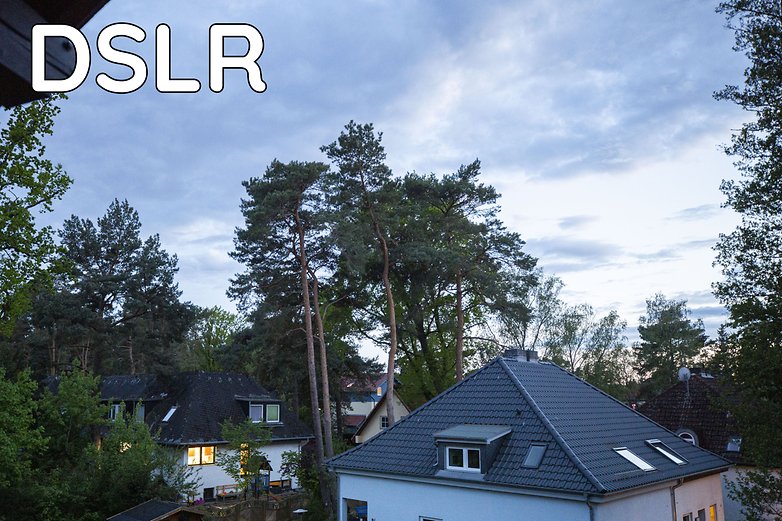 Reference: DSLR Reference: DSLR |
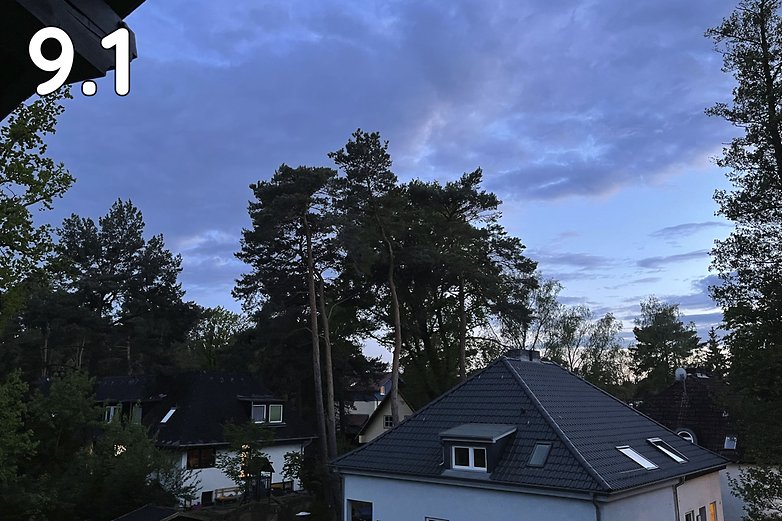 Image 9.1 Image 9.1 |
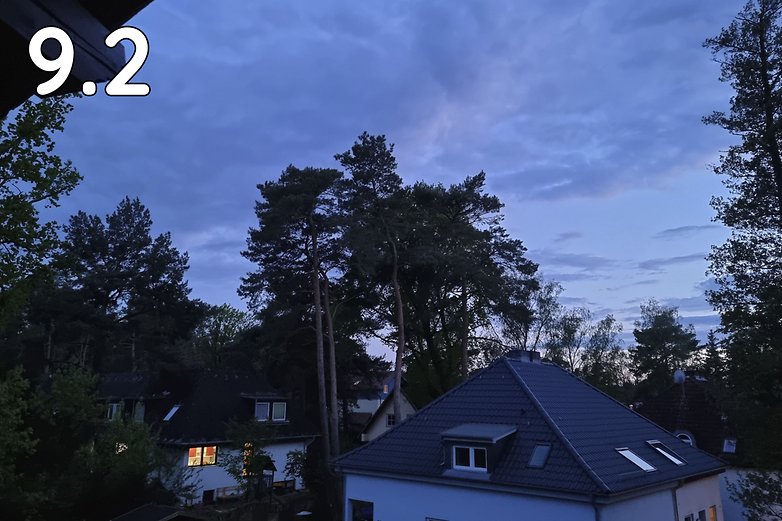 Image 9.2 Image 9.2 |
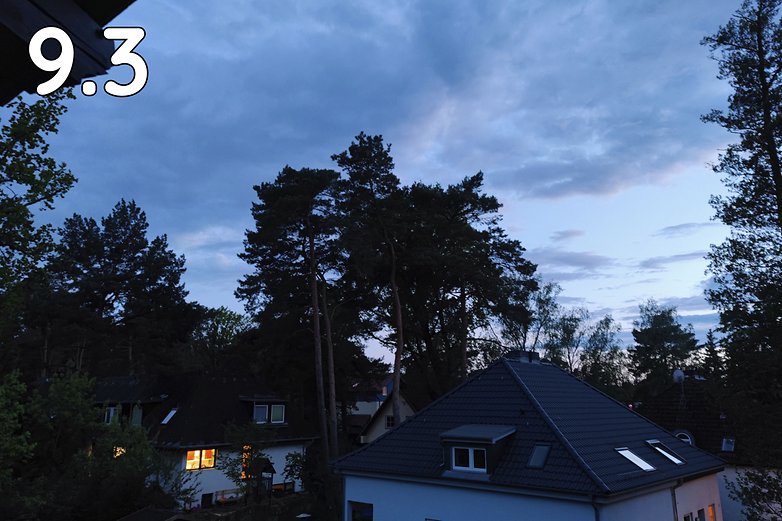 Image 9.3 Image 9.3 |
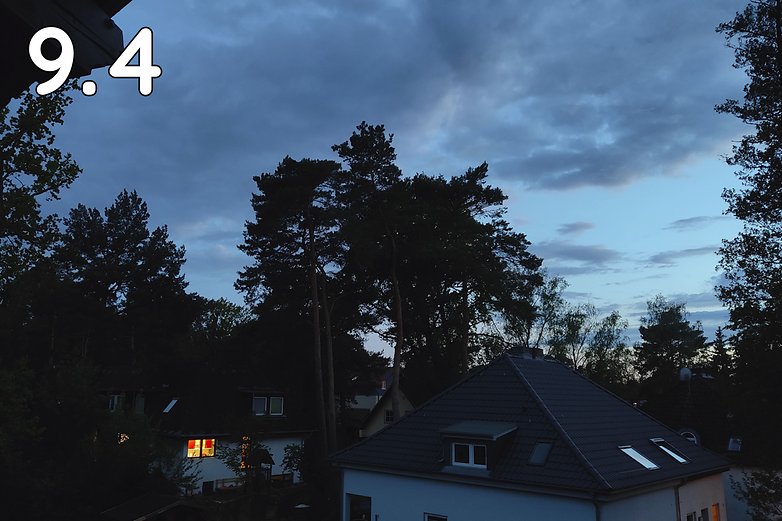 Image 9.4 Image 9.4 |
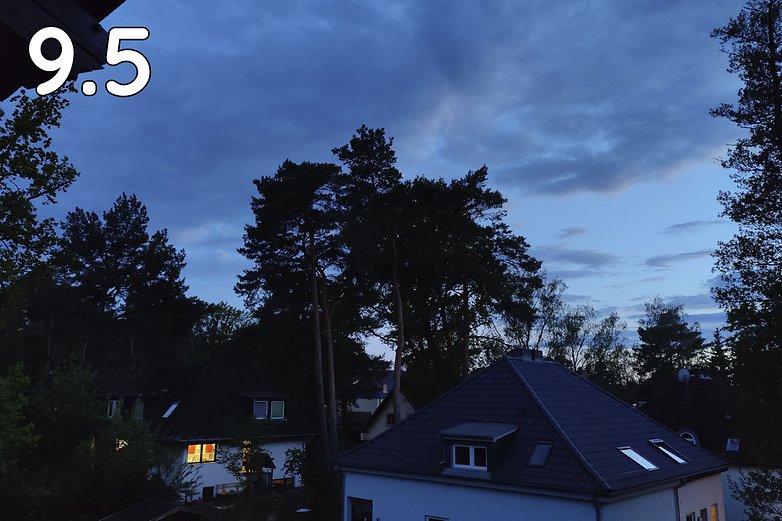 Image 9.5 Image 9.5 |
10. Night photo (ultra wide-angle)
I've always been a fan of ultra wide-angle lenses, especially Canon's legendary 8-to-15 mm fish eye, so I was equally excited when ultra wide-angle cameras made their way into smartphones starting with the LG G6. Now, manufacturers are equipping such camera modules, which are sometimes only suitable in daylight, with increasingly larger sensors. Oppo even uses the same IMX766 for the Find X3 Pro as for the main camera. That should be noticeable in the image quality in our low-light scenario.
By the way, it was already really, really dark here. On the DSLR, I was shooting at ISO 12,800; at 1/8 second, and F2.8. I also had to do a lot of cranking on the sliders and noise reduction, among other settings in Camera RAW to obtain a halfway decent result. With the smartphones, I activated night mode everywhere and if possible, set it to maximum exposure time (tripod mode aside!).
Comparison images: Night Photo Ultra Wide-Angle
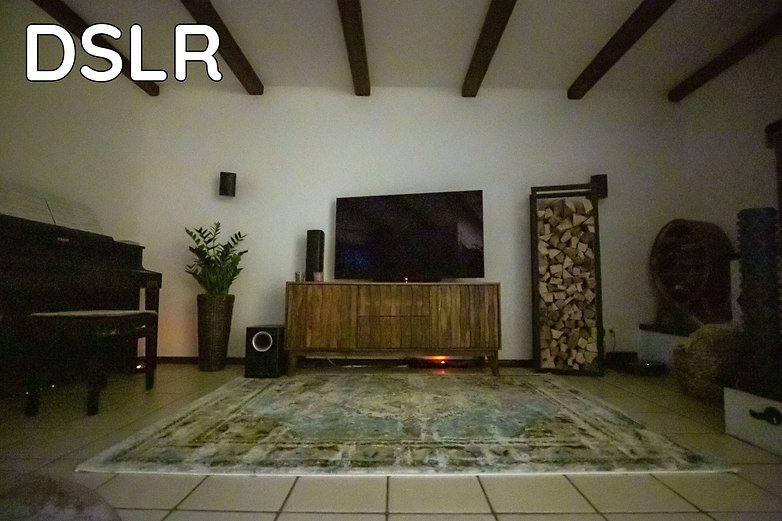 Reference: DSLR Reference: DSLR |
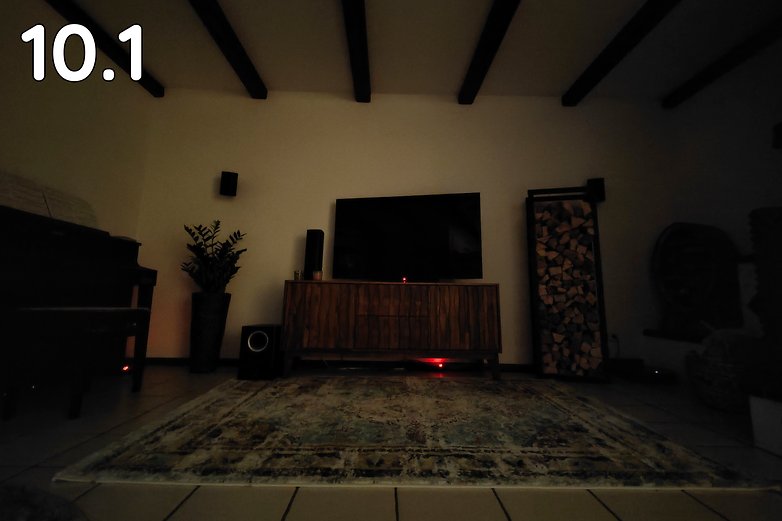 Image 10.1 Image 10.1 |
 Image 10.2 Image 10.2 |
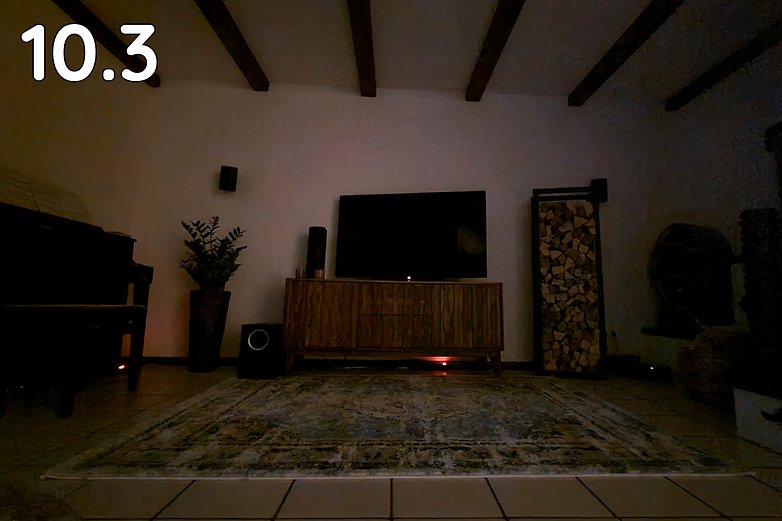 Image 10.3 Image 10.3 |
 Image 10.4 Image 10.4 |
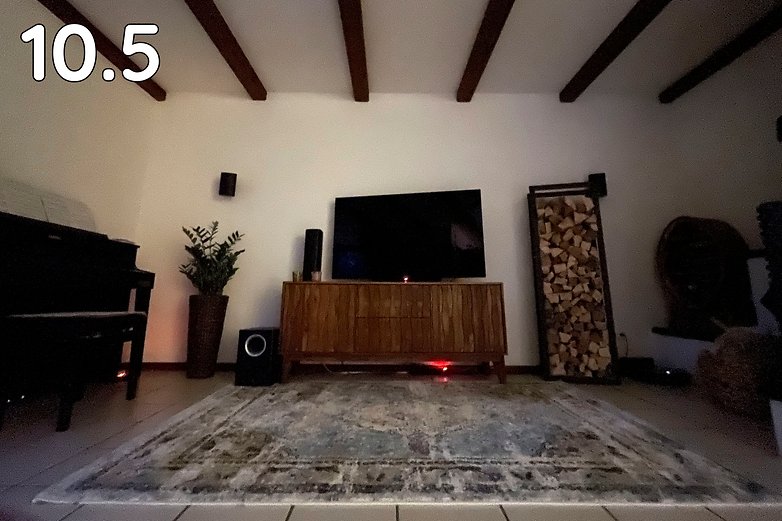 Picture 10.5 Picture 10.5 |
11. Night photo (main camera, extremely dark)
Yes, it can be even darker - and I find the differences to be really stark. One smartphone even outperformed the DSLR in night mode, which really started to swim at ISO 12,800 and 1/5 second. Of course, our EOS 5D Mark III is no longer the newest kid on the block, but it is still a remarkable performer.
Comparison images: Night photo main camera
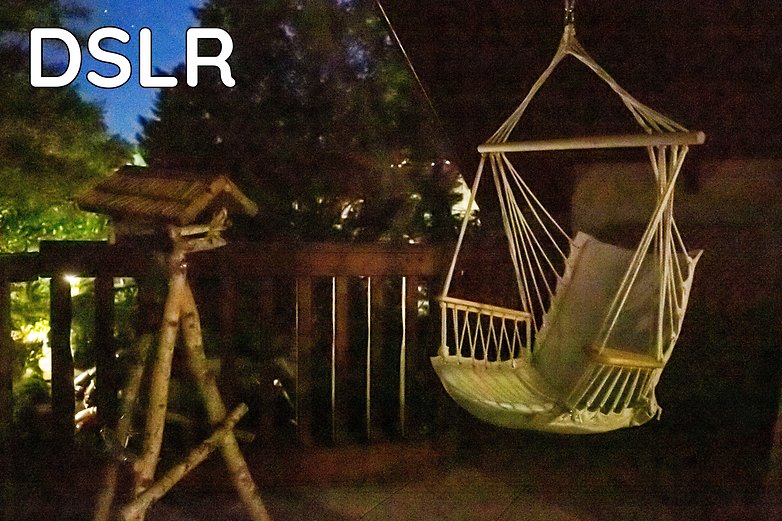 Reference: DSLR Reference: DSLR |
 Image 11.1 Image 11.1 |
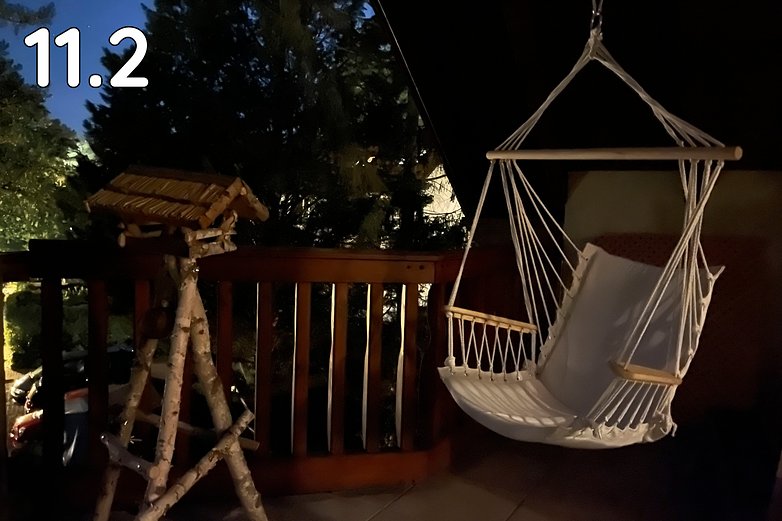 Image 11.2 Image 11.2 |
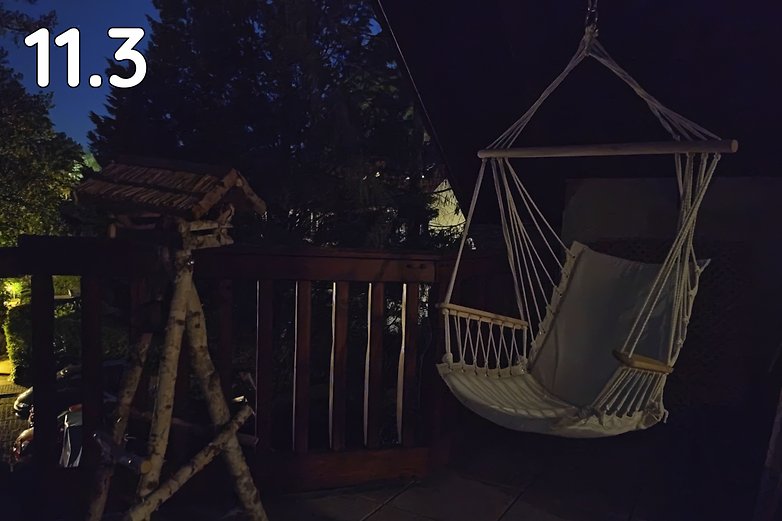 Image 11.3 Image 11.3 |
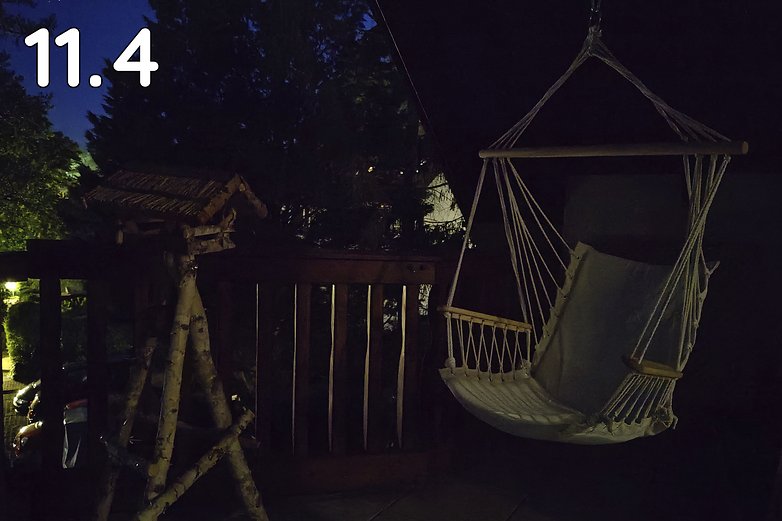 Image 11.4 Image 11.4 |
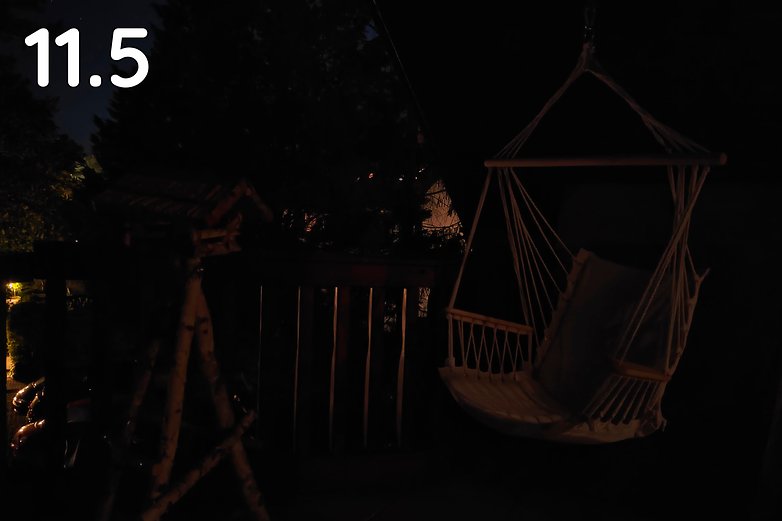 Image 11.5 Image 11.5 |
First of all, if you are reading this, thank you very much for participating and voting! The preparation process for this article using all the smartphones was a really exciting experience. I'm looking forward to the results of the polls. Who will be declared as the winner at the end?
Next Wednesday, we'll break down the blind test and let you'll find out which smartphone the NextPit community picked as the winner. Wait for it!
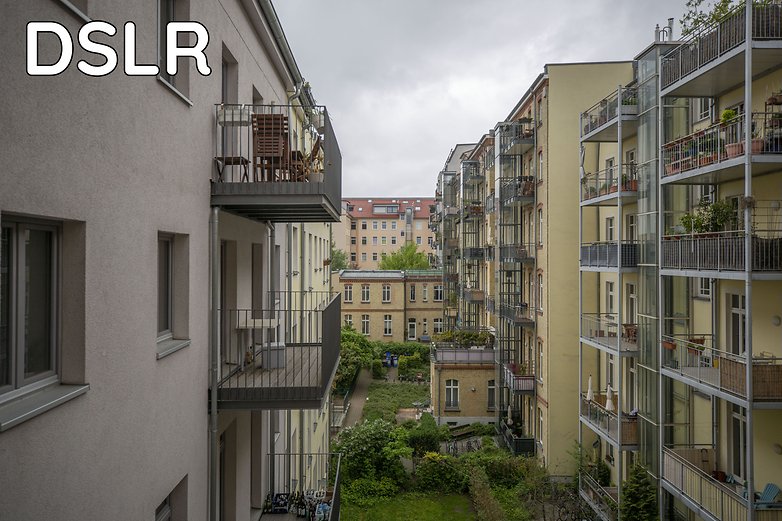 Reference: DSLR
Reference: DSLR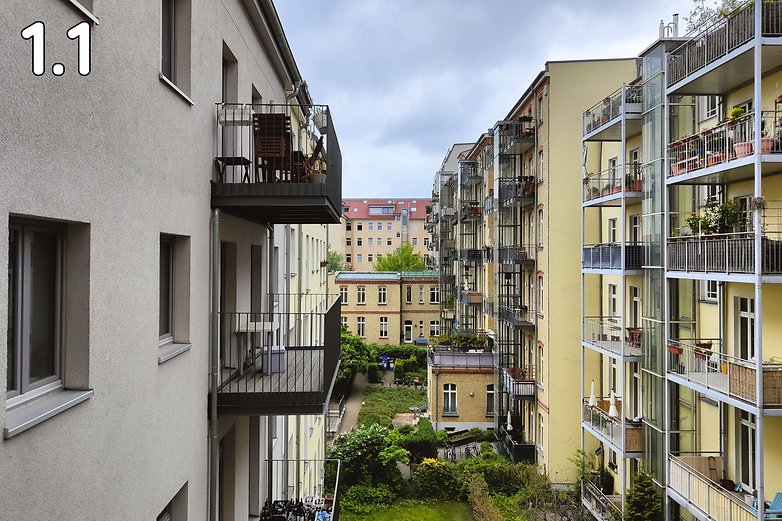 Image 1.1
Image 1.1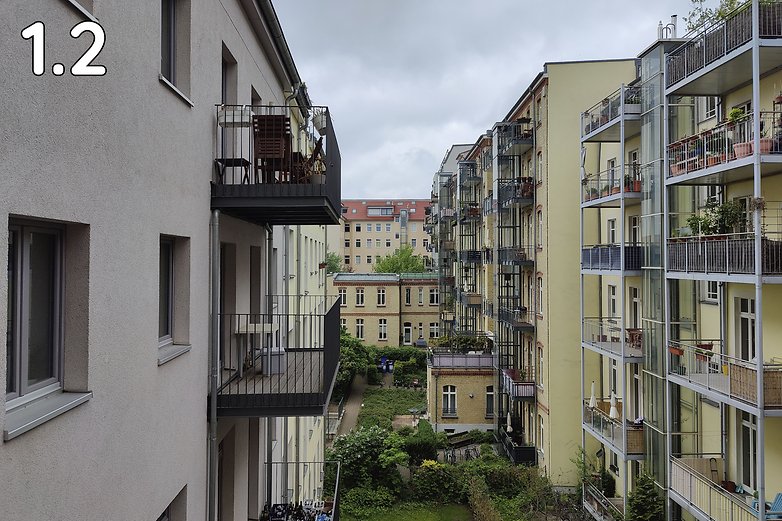 Image 1.2
Image 1.2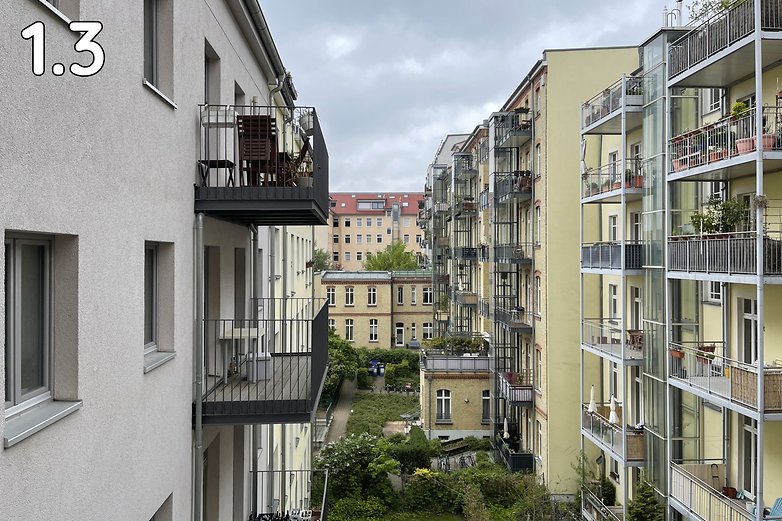 Image 1.3
Image 1.3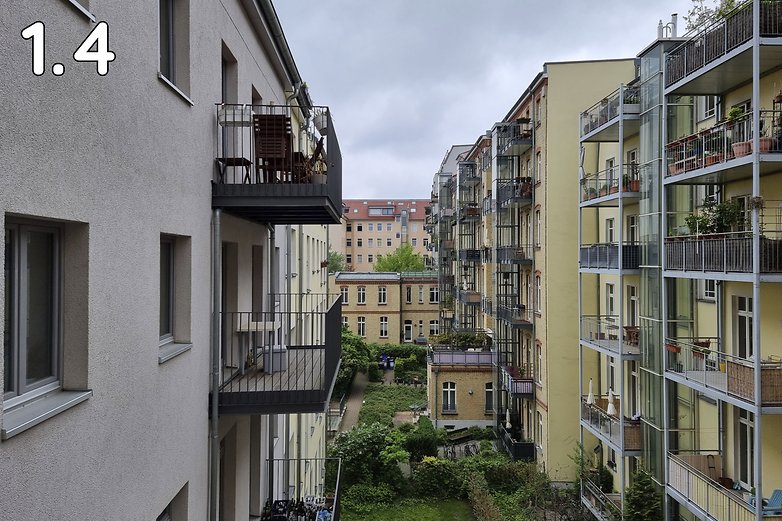 Image 1.4
Image 1.4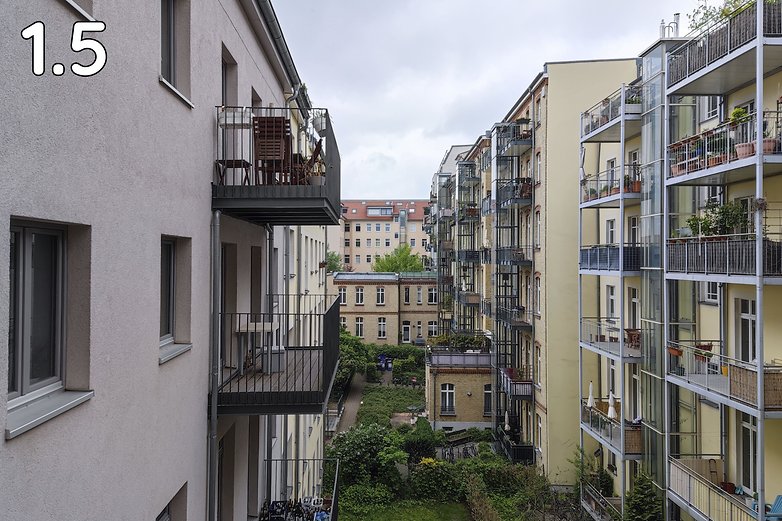 Image 1.5
Image 1.5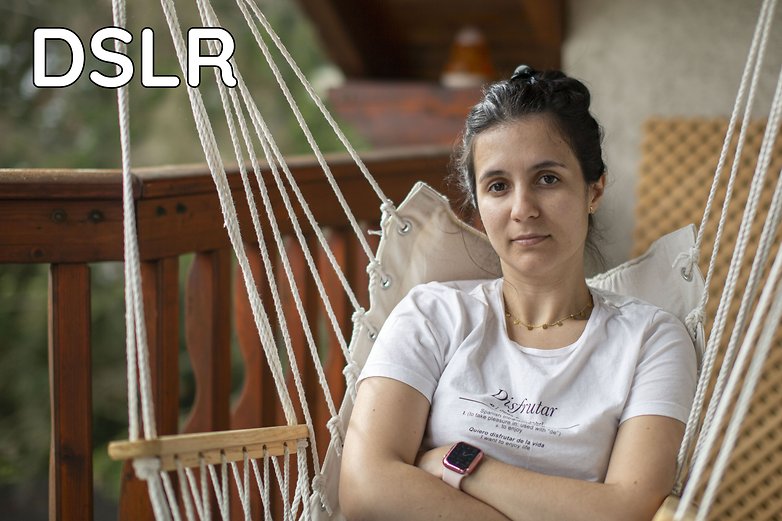 Reference: DSLR
Reference: DSLR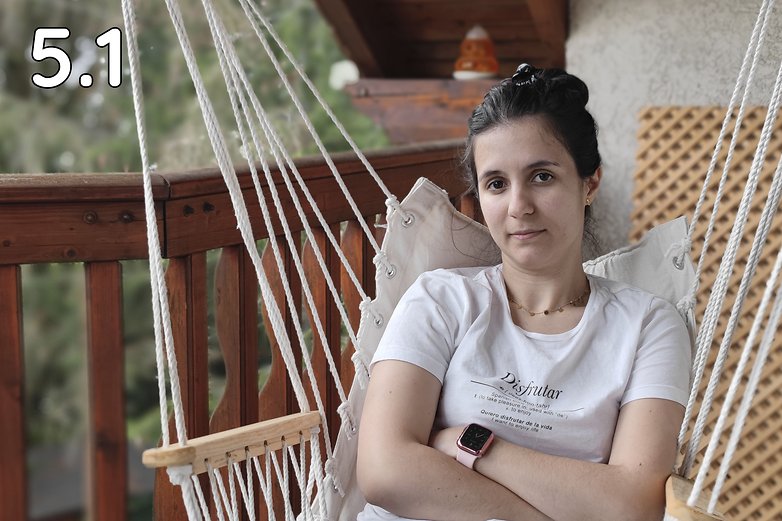 Image 5.1
Image 5.1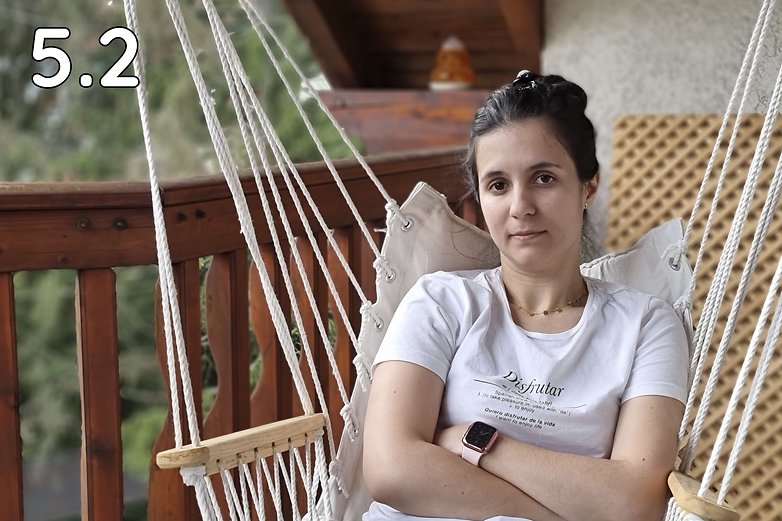 Image 5.2
Image 5.2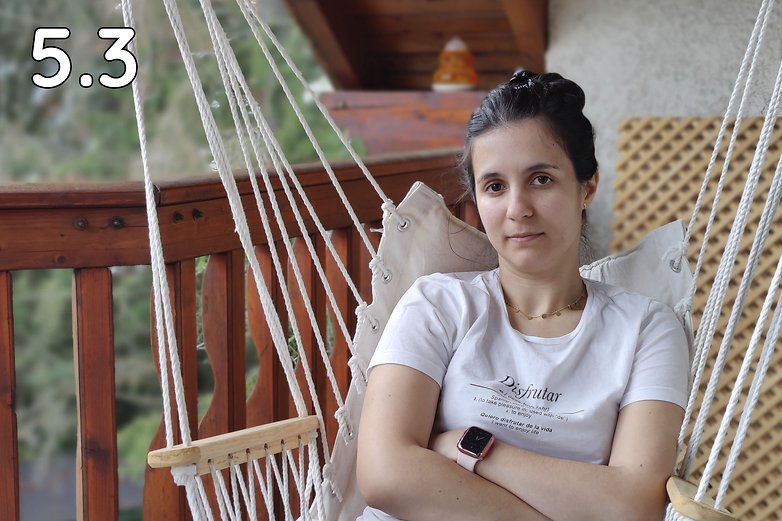 Image 5.3
Image 5.3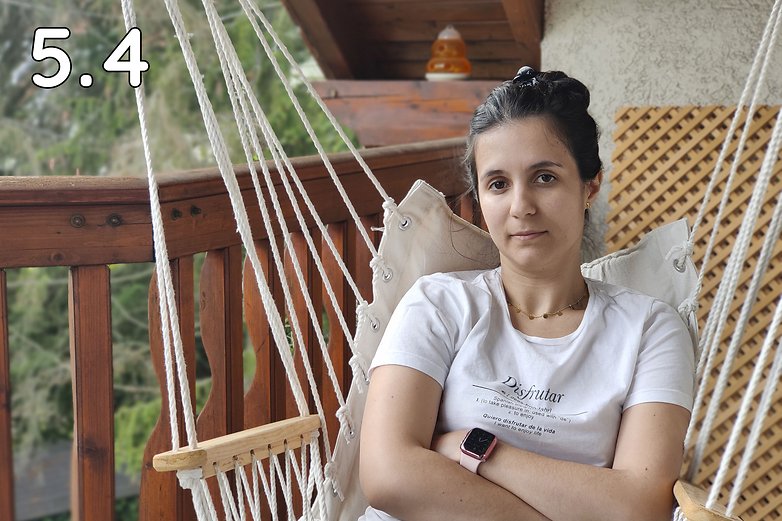 Image 5.4
Image 5.4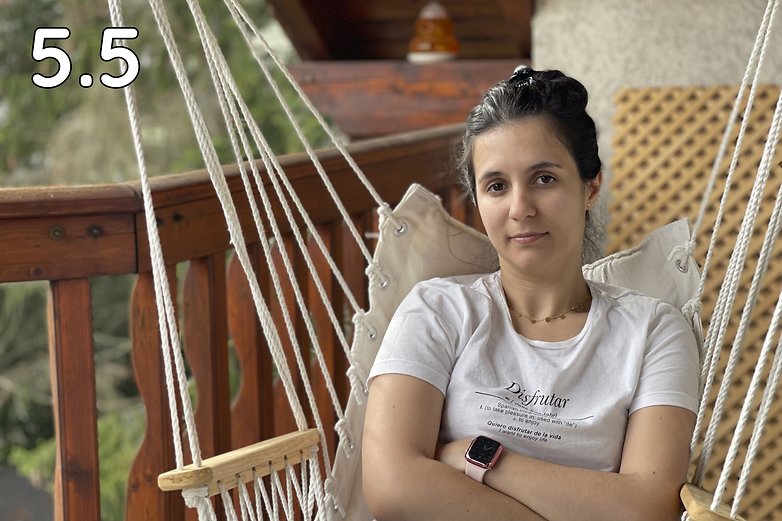 Image 5.5
Image 5.5


















What's the point you have just cherry picked phones that you want, you've left out notable smartphones with good camera's, waste of time & effort